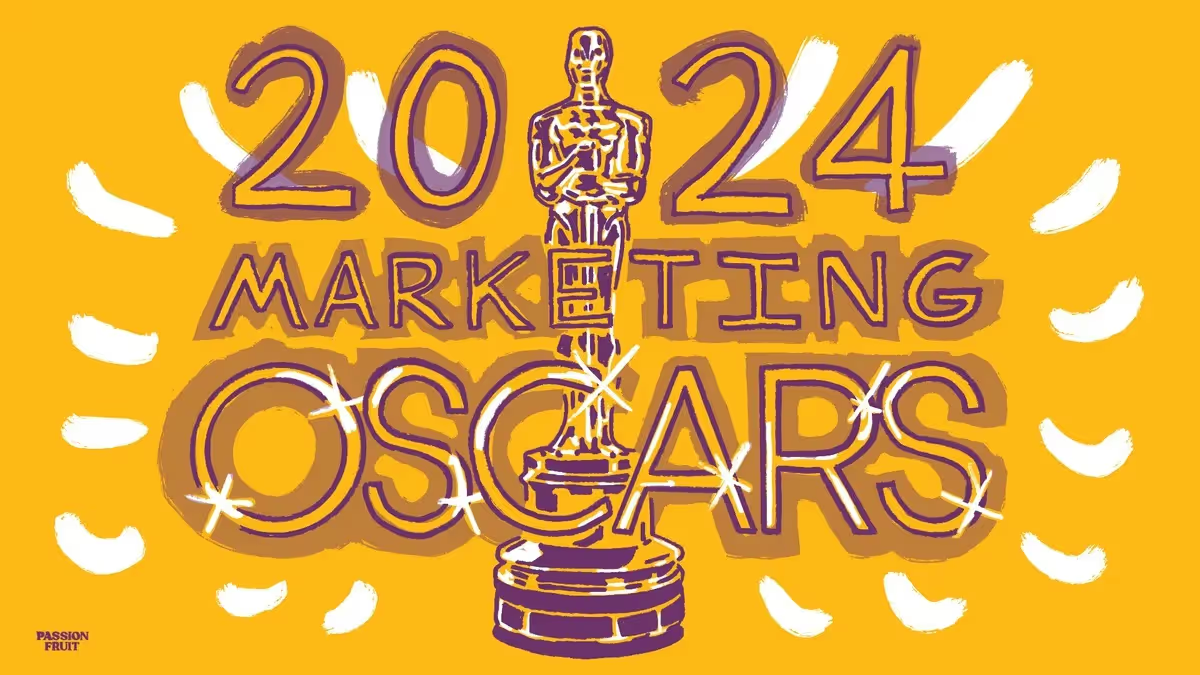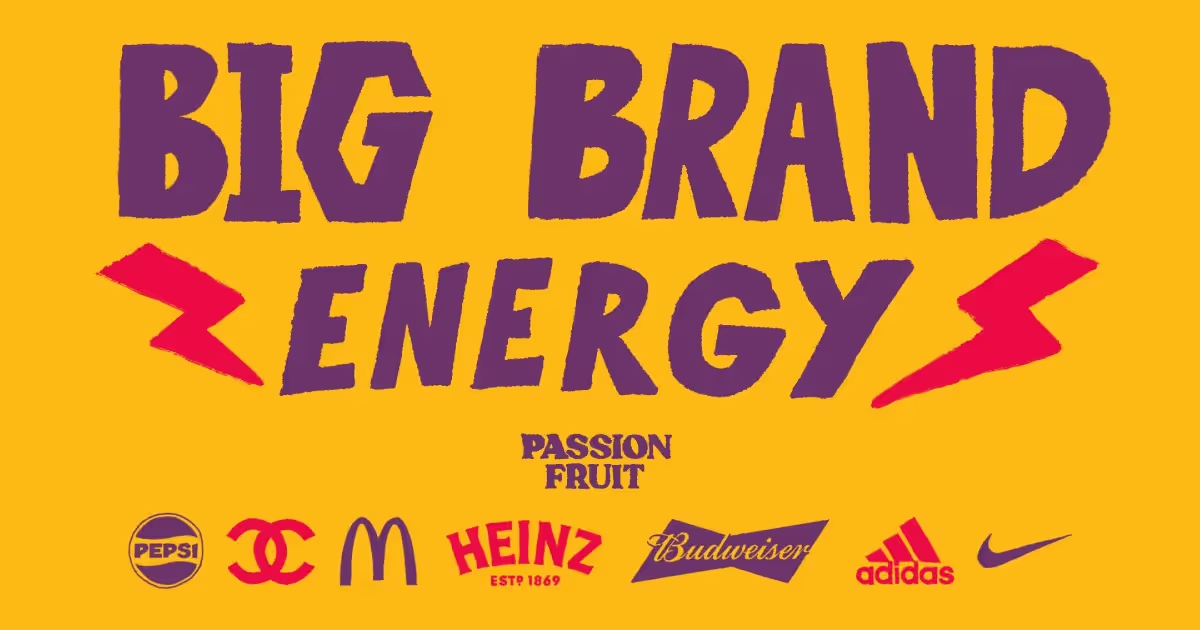To overcome this obstacle, it’s tempting to double down exclusively on the product itself - making it as desirable and efficient as possible. If you build it they will come, the thinking goes.
In a perfect world, focusing solely on the product might be enough to build awareness and attract new buyers. But in the real world, the sheer volume of competition means that you can’t expect people to hear about and seek out your product, no matter how good it is.
More importantly for brand strategists and brand design consultants, decades of research in behavioural science and psychology has revealed that buying decisions are rarely based on careful consideration of product features. Most of the time they are made quickly and unconsciously, with customers largely opting for the product that stands out and is recognised most easily.
This is why it is essential to wrap your product in an instantly recognisable brand - a set of elements that not only ‘jump’ out among the competition but also serve as an unmistakable link to the product in customers’ minds. This will increase the odds of your product being noticed and ultimately being bought.
So, when it comes to brand strategy, brand consulting, brand messaging and brand positioning, one question stands out: how do you make an instantly recognisable brand? The key role of a brand, as the title of the article suggests, is to build distinctiveness.
Unpacking distinctiveness
Distinctiveness means establishing elements of the brand that evoke the brand itself, even without the name present. It is the way that customers can easily, and without confusion, identify the brand.
For example, an image of orange and red circles overlapping evokes the name Mastercard, even if the brand name isn’t alongside it. The same is true for the yellow M and McDonald’s, or the black swoosh and Nike.
It’s worth noting that distinctiveness isn’t limited to logos - it is any graphic design element that helps people recognise and identify the brand in question. These include packs, colours, fonts, characters, and slogans, to name a few.
Despite sounding like a new concept, distinctiveness has surprisingly deep roots. The word branding actually comes from the Middle Ages, when cattle owners would ‘brand’ their livestock with thick hides as a means of identifying them before trading them for money. In other words, being easily recognisable has always been the name of the game in selling - for butchers and brand consultants alike.
Commercial benefits
As any good brand strategist knows, a distinctive brand has two important commercial benefits. Firstly, it comes to customers’ minds more quickly, which makes it more likely to be bought. With repeated and consistent linkage to the brand, distinctive elements serve as a shortcut to brand recognition. The mere appearance of the element brings the brand to mind. And the stronger the link, the quicker we think of the brand.
Secondly, distinctiveness improves the efficiency of communications. Media - regardless of the format - is a valuable and costly resource. But if customers in your target audience don’t know who the communication is for, or worse if they misattribute to a competitor, it is effectively useless - marketing dollars down the drain. On the other hand, communication that integrates distinctiveness will ensure it (and its message) is associated with the correct brand in customers’ minds.
As simple as this comms point sounds, it’s common to see a brand manager choosing to ignore distinctiveness and looking like everyone else. Even if the product is genuinely different, generic communications land the brand in the perilous sea of sameness, as the collage of D2C marketing materials below makes painfully clear.

To further emphasise the power of distinctiveness, let’s consider the case of Tropicana. In 2009 Tropicana removed the highly iconic orange from its brand archictecture, packaging and communications. Nothing else changed - distribution, product and shelf space all remained exactly the same. And yet just a few weeks after the change, the brand lost an estimated $30 million in sales.
The devastating outcome had a straightforward explanation: customers no longer recognised the brand, and so didn’t buy it. By removing the orange the brand discarded its distinctiveness, and sales plummeted.
Contrast this with a brand like McDonald’s. For five decades it has relentlessly built distinctiveness, using the same elements (I’m Lovin’ it, Ronald McDonald, yellow M) in every store and every touchpoint all over the world. Now the biggest restaurant chain in the world, McDonald’s is so recognisable that it can tap into the latest trends and create ads as minimalist as the one below that still trigger the brand in an instant. This is the result of distinctiveness done properly.

Deploying distinctiveness for startups
Startups don’t have the history or resources of McDonald’s. But this isn’t a problem - distinctiveness is applicable for brands of any size. In truth, it is as much about mindset as much as it is about execution.
The golden rule to building a distinctive brand is simple: consider how your competitors look, and make sure your brand doesn’t look like them. While it’s tempting to play to generic category conventions to ‘fit in’, if you're a brand consultant or a design consultant, remember that defying these conventions is essential to stand out. Look at how Monzo created a bright red bank card in an industry where black and blue was the norm, or how property startup Habito produced cartoon style advertising when competitors opted for blandness. Every brand identity, graphic design and brand strategy decision should be viewed through this lens of relativity.
As a startup, it’s unlikely that you’ll have the range of potential elements of big brands (characters, jingles etc). So rather than copying them and creating a suite of new elements, focus on three or four existing ones that are the most practical. This depends on the environment in which you appear to customers and/or your client need. For a packaged good startup, it might be a pack design, a logo icon and a font. Whereas an ecommerce startup might consider using a slogan instead of a pack design.
This might seem limiting, but as Marty Neumeier’s Touchpoints menu shows there are plenty of elements to choose from when you think creatively. Instead of characters, why not use thank you cards? Instead of jingles, why not use newsletters? In fact in its infancy Warby Parker used the annual report as a source of distinctiveness. The sarcastic and unusual document presented employees’ spirit animals and a recommended reading list as well as the serious side of business performance - propelling the brand to stand out in the early years of growth.
Once the chosen assets have been established, startups should think of every single touchpoint as a chance to build distinctiveness. The key is to be ruthless in their deployment - creating consistency and synergy as often as possible - so as to maximise the chances to make the mental links between the element and the brand.
A great example of this is Sipsmith gin. The brand has cleverly deployed the swan character in the logo, the comms, the pack and even the corporate website. In just over a decade, the character has become well recognised by customers and the brand has seen rapid growth, becoming official Wimbledon sponsors in 2021.

Turning to an emerging sector, synergy can be found in the case of food delivery startup Getir. It gives customers a branded shopping bag with each delivery, as well as kitting its drivers out with a uniform and motorbike that carry the purple and yellow brand elements. With each glimpse of these elements in the wild, customers are reminded of the brand, and they become more likely to think of it and buy it. This is the virtuous circle of distinctiveness in action.
Summing it up
In the quest for startup growth, focusing on brand appearance may seem like a low order priority in your marketing plan. But in a world where cutting through the visual clutter is more important than ever, becoming easily recognisable might just be the most simple and effective strategy for winning. Work closely with a brand strategist, graphic designer or brand consultant to understand the competitive advantage you can confer on your company's product.







